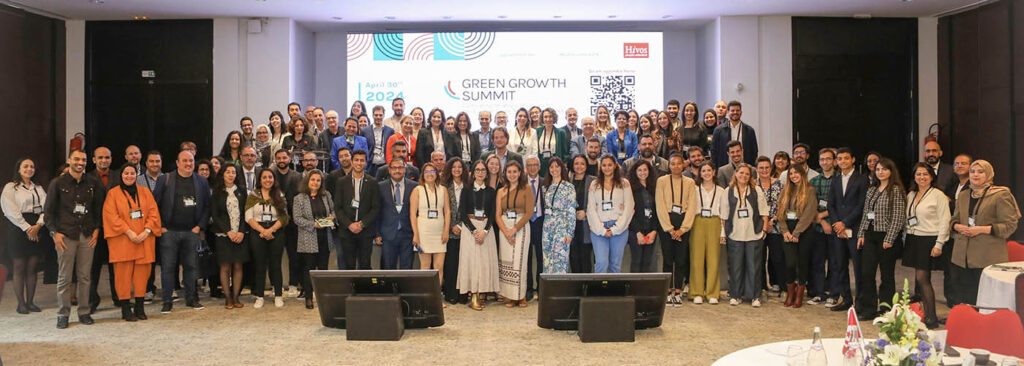By Levis Maina
On 28 February 2019, I was invited to speak at the Human Resource professionals Open Forum organised by the Institute of Human Resources Management (IHRM) in collaboration with Hivos East Africa. Every time I think of ‘Human Resources’ (HR), my mind conjures up a bunch of job rejection letters I received, and the last words after an interview, “We will get back to you.” From my many interactions with HR, what has stuck with me for a long time is an experience from when I was about 24 years old, a fresh graduate from a top Business School in Kenya. After a rigorous selection process, my dream of working for this large company was dashed when at the finalist level, one of the managers said, “With your voice, I don’t think you will be able to work here.” It’s been 10 years; and your guess is right, I never got the job.
Biases exist
Studies show that we all have biases. Consciously or unconsciously, we all have them. Our brain uses past experiences to make short cuts to decision making. Evidence reveals that our brain takes in 11 million pieces of data per second, and only 50 are processed consciously. This habitual lazy aspect of our brains is not only a mechanism for survival, but also the source of our unconscious bias. It results in affinity bias, where we favor people like us; gender bias where we treat men and women differently; and conformity bias, where HR/recruitment managers hire people that ‘fit in the culture’ of the organization.
Workplace realities of diversity and inclusion
In 2003, an experiment was conducted where 5000 resumes were sent out; resulting in the findings that: If the name on your Resume/CV is Emily or Greg you are more employable than Lakisha or Jamal and also the fact that white names received 50 per cent more callbacks for interviews.
In Kenya, during a press conference, a certain politician casually told a journalist, “Your name betrays you,” revealing his ethnic bias. Indeed, our prejudice manifests itself in many ways. The Implicit Association Test or Project Implicit by Harvard is a valuable tool to assess one’s bias towards gender, age, race and sexual orientation.
The business case for Diversity and Inclusion (D&I) is clear. That diverse teams are more innovative, perform better and spur creativity. However, a study by Boston Consulting Group found that half of all diverse employees (women, ethnic and sexual minorities) stated that they see bias as part of their day to day work experience. When employees do not feel that they are valued and that their voices matter, they are less likely to be fully engaged in the core business of their employer, likely to leave the company in 3 years and their potential is not fully maximised.
The question then is, why don’t we have companies that reflect the diversity in the society? This is one where millennials, differently able persons, Lesbian, Gay, Bisexual and Transgender (LGBT) people are represented. For instance: In Kenya, we have a population that is over 50 per cent female, over 60 per cent youth, with 42 ethnic tribes. Yet a 2017 study, by Kenya Institute of Management on Board Inclusion, reveals that female representation at the boards of the Nairobi Stock Exchange stands at only 21 per cent and 0.2 per cent of young people aged between 25-34years.
Different voices in the workplace
Representation matters! It is important that diversity of age, gender, race, ability, ethnicity, sexual orientation and backgrounds is given a seat at the table. A diverse talent not only represents the society as a whole, but the consumers as well. In fact, it will allow for better understanding and capturing of the market.
However, having a diverse workforce in and of itself doesn’t add value to the organisation. It may be helpful only when fulfilling compliance requirements or diversity quotas, but it is the inclusion of the different voices that brings out the full circle benefits of diversity and inclusion.
We all have felt excluded at a particular point in our lives; where we were the minority and our voices did not really matter. It equally happens when we are invited to the party to just to fill a diversity gap and give the impression of a diverse and inclusive workplace.
On the flip side, we easily forget about those who are minorities when we happen to be in the majority group. Inclusion is what makes us choose a seat next to an unfamiliar face when we attend an event. It is always a pleasant experience to engage with people who are similar to us; however, by doing so, we tend to leave out people who seem different from us.
Inclusion means that all the differences are valued, each voice is heard, and employees can bring their full selves to work. Inclusion creates an atmosphere of trust, belonging and community. Inclusion allows the Muslim to wear her hijab to work; the gay/lesbian employee to bring their partner to the office party and lets the single mom leave early to pick her child from school.
Human Resources practitioners and those tasked with diversity and inclusion need to be aware of their biases; they need to recruit for diversity; and, create inclusive cultures at the workplace, to create business value. In the end, we are all seeking the same things: acceptance, happiness and a purposeful life. We are all human beings, not just people with jobs.
About Colourful Workplaces Program (CWP)
CWP was informed by a study in 2015 conducted by Hivos East Africa, Sullivan Marketing and Workplace Pride Foundation among ten multinationals in Kenya. The Program works together with the private sector to develop and implement policies and practices that support inclusivity and embrace diversity.




